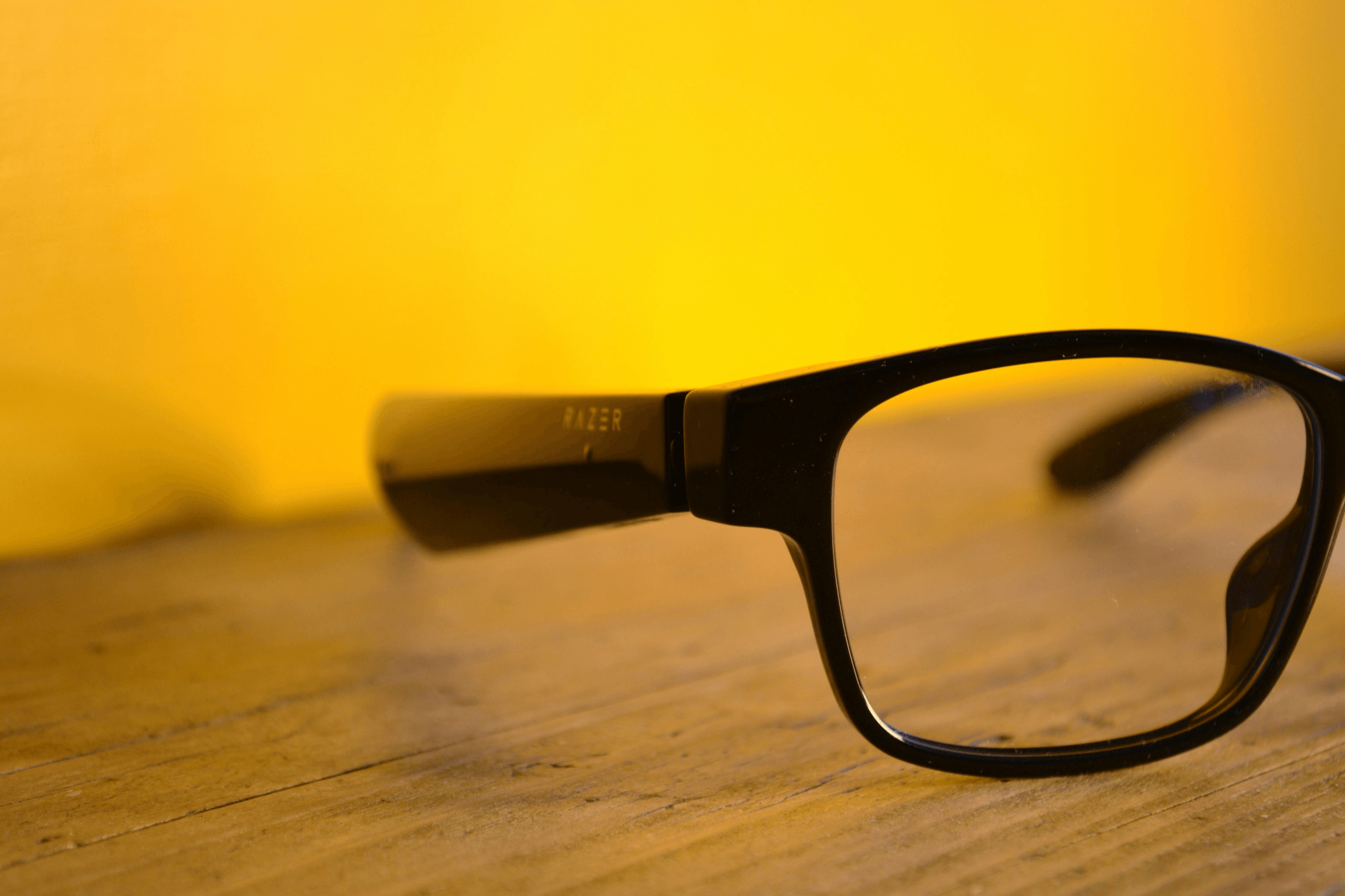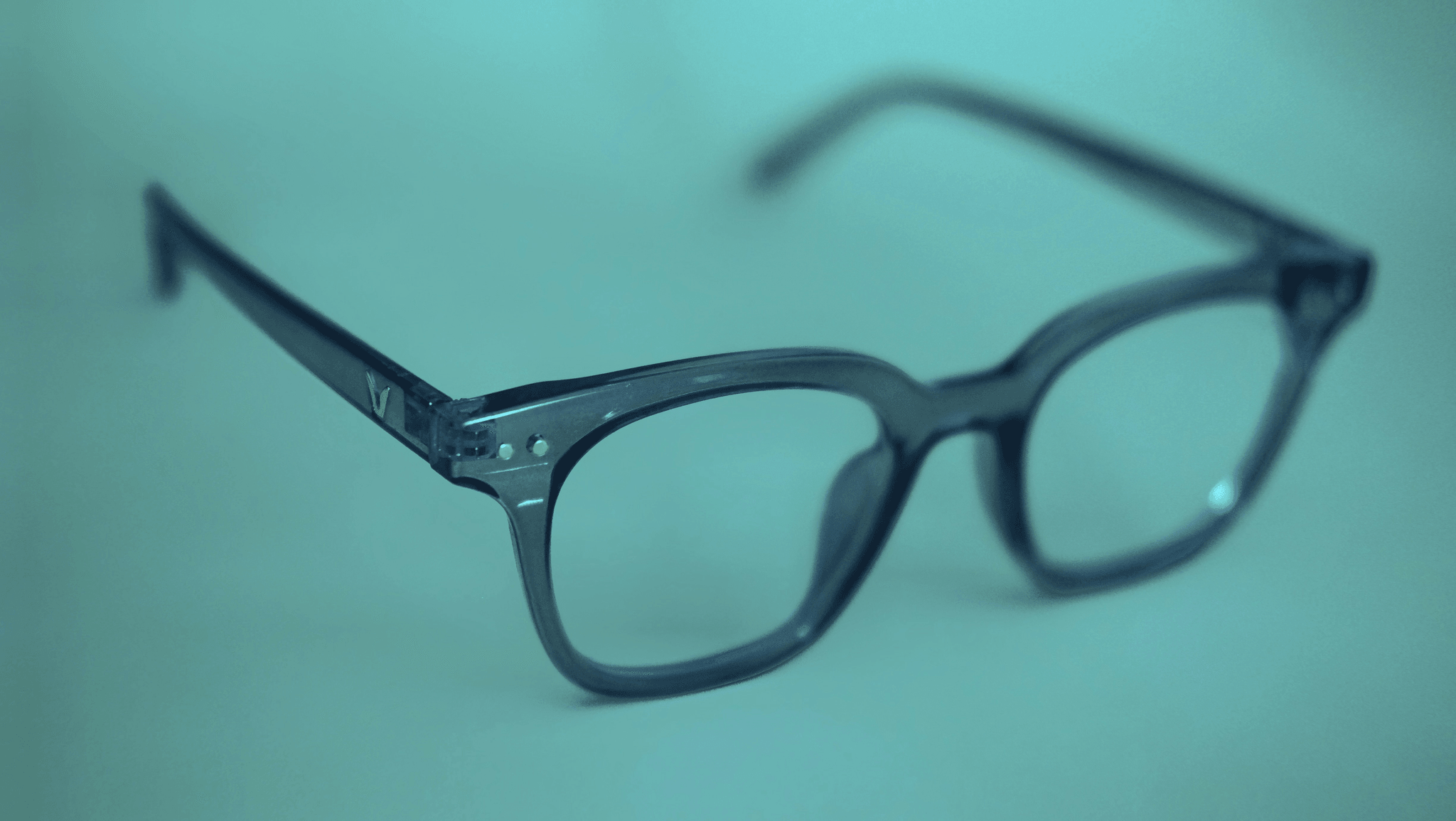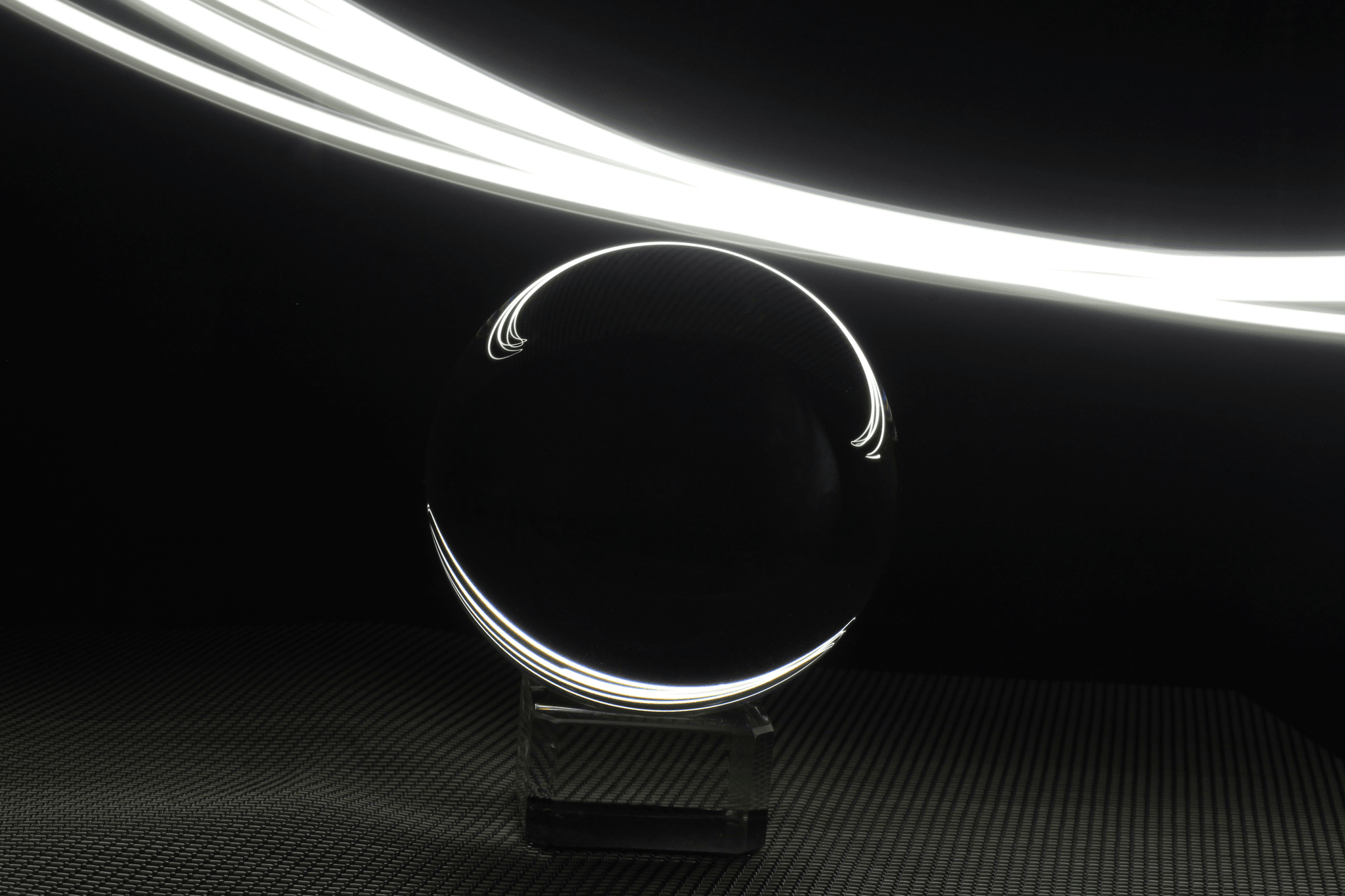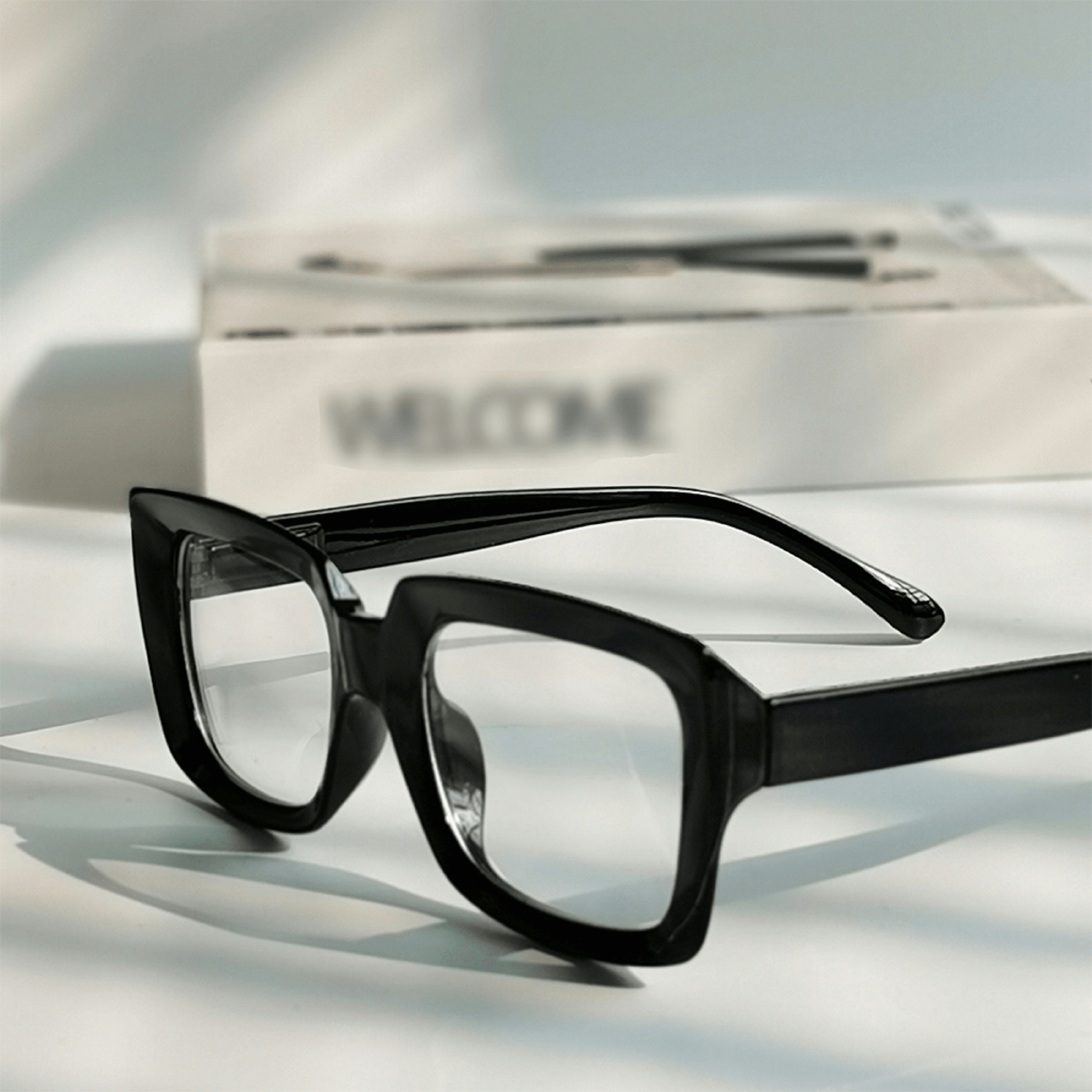Introduction

Navigating the world of eyeglass prescriptions can often feel like deciphering a foreign language. With terms like sphere, cylinder, and axis thrown around casually, it's easy to get lost in the jargon. Understanding these key components is essential for anyone looking to optimize their vision with the right pair of cylinder glasses.
Understanding Eyeglass Lens Terminology
At the heart of every eyeglass prescription lies a unique set of terms that define how your lenses will correct your vision. The sphere indicates nearsightedness or farsightedness, while the cylinder measures astigmatism—a common condition affecting many people today. When you ask, What is cylinder in glasses for? you're diving into a vital aspect of lens technology that can significantly enhance your visual experience.
Importance of Sphere, Cylinder, and Axis
Each element—sphere, cylinder, and axis—plays a crucial role in ensuring that your lenses provide optimal clarity and comfort. The sphere helps correct basic refractive errors; however, without addressing astigmatism through the cylinder measurement, your vision may remain blurry or distorted. In addition to these two factors, the axis aligns everything perfectly; together they create a harmonious balance for your eyesight.
Demystifying Cylinder Glasses
Cylinder glasses are specifically designed to address astigmatism by incorporating cylindrical correction into the lens structure. Many individuals wonder: Is cylinder eyesight good? The answer largely depends on how well these lenses are prescribed and fitted; when done correctly, they can dramatically improve visual acuity for those affected by this condition. If you've ever questioned whether Is 1.25 cylindrical eyesight bad?, remember that it’s not about the number alone but rather how effectively it meets your unique visual needs.
What is Sphere in Eyeglass Prescriptions

Definition and Role of Sphere
Sphere is measured in diopters and indicates the lens power needed to focus light correctly onto the retina. A positive sphere value means you're dealing with farsightedness, while a negative value indicates nearsightedness. The role of sphere in your prescription is crucial as it determines how well you can see objects at varying distances, ensuring that your eyes work harmoniously.
How Sphere Affects Vision
The impact of sphere on vision can be dramatic; getting the right measurement can mean the difference between straining your eyes or enjoying crystal-clear sight. If your sphere measurement isn’t accurate, you might find yourself squinting or experiencing headaches from eye strain—definitely not ideal! So, whether you’re choosing cylinder glasses for astigmatism correction or just looking for regular eyewear, understanding sphere will help you make informed choices.
Sphere Measurements and Implications
Sphere measurements typically range from +6.00 to -6.00 diopters but can go higher in some cases. Each increment represents a specific adjustment needed for optimal vision correction; even a small change can significantly affect clarity and comfort when wearing glasses. Therefore, keeping an eye on these measurements (pun intended!) is vital as they directly influence how well you see, especially when combined with other components like cylinder values in your prescription.
Cylinder in Glasses: The Basics

What is Cylinder in Glasses For?
Cylinder glasses are specifically designed to address astigmatism by compensating for the irregular shape of the cornea or lens in your eye. When light enters an eye with astigmatism, it doesn't focus evenly on the retina, leading to blurry vision. The cylinder measurement indicates how much correction is needed and at what angle—essentially helping you see straight when things might otherwise look a bit crooked.
Is Cylinder Eyesight Good?
Now you might be wondering, Is cylinder eyesight good? The answer is nuanced; having a cylindrical measurement means your eyes have some degree of astigmatism. While this may sound alarming, it's quite common! In fact, many people with 1.25 cylindrical eyesight function perfectly well with their glasses or contact lenses—it's all about finding the right prescription to ensure optimal vision.
Understanding Astigmatism and Its Impact
Astigmatism can impact your life more than you might think; it affects not just clarity of vision but also depth perception and overall visual comfort. When looking through cylinder glasses designed specifically for this condition, you'll notice significant improvements in how sharply you see objects both near and far away. So whether you're reading a book or driving at night, understanding astigmatism's impact helps underscore why cylindrical lenses are so crucial for many people's eyewear needs.
The Axis of Eyeglass Prescriptions

Understanding the axis in eyeglass prescriptions is crucial for anyone navigating the world of vision correction. While many are familiar with terms like sphere and cylinder, the axis might seem like a mysterious concept. In essence, the axis refers to the orientation of astigmatism correction within your lens and is measured in degrees.
What is Axis in Glasses?
The axis in glasses specifies the angle at which cylindrical power is applied to correct astigmatism. This measurement ranges from 1 to 180 degrees and indicates where on the lens the curvature should be positioned for optimal vision. If you find yourself wondering, “What are cylindrical glasses used for?”—the answer often includes this essential component that helps align your vision properly.
When you receive your eyeglass prescription, you’ll likely see a number next to Axis, which directly influences how well your glasses will correct your eyesight. Without this detail, even perfectly calculated cylinder measurements could fall short of delivering clear vision. So, if you're wearing cylinder glasses but not seeing as clearly as expected, it might be time to revisit that axis number!
Importance of Axis in Correcting Vision
The importance of axis in correcting vision cannot be overstated; it ensures that light entering your eyes is focused correctly onto the retina. Without an accurate axis measurement, even high-quality cylinder lenses may fail to provide adequate clarity or comfort—leading you to wonder if Is cylinder eyesight good? Well, it can be with precise alignment!
Moreover, when combined with sphere and cylinder values on a prescription, the axis works synergistically to create a tailored solution for each individual's visual needs. Misalignment can lead not only to blurred vision but also discomfort or eye strain—so getting this right is vital!
If you have astigmatism and wear cylindrical glasses without proper attention to the axis value, you're essentially wearing beautifully crafted lenses that aren’t doing their job effectively. So always make sure your optician pays close attention when determining this critical measurement!
How Axis Works with Cylinder
The relationship between axis and cylinder power is fundamental for effective astigmatism correction in your glasses. While cylinder measures how much correction is needed for astigmatism (the blurriness caused by uneven corneal curvature), the axis tells us where on that curved surface we need to apply this correction. It’s like knowing not just how much gas you need but also which direction you'll be heading!
In practical terms, if someone asks “Is 1.25 cylindrical eyesight bad?” remember that it's all about context; it's not just about numbers but also how they work together with other factors like sphere and most importantly—the axis! A prescription may indicate a modest degree of astigmatism yet require precise alignment through its axis for effective treatment.
So when you're considering what kind of lens will work best—like those stylish new cylinder glasses—it’s essential not only to focus on strength but also ensure all components align correctly for optimal performance! After all, achieving crystal-clear vision requires more than just good intentions; it requires precision too.
Interrelation Between Sphere, Cylinder, and Axis

Understanding the interplay between sphere, cylinder, and axis is crucial for achieving optimal vision. Each element plays a distinct role in correcting different types of vision problems. When combined accurately, they create a tailored solution that enhances visual clarity and comfort.
How They Work Together for Optimal Vision
Sphere provides the foundation for correcting nearsightedness or farsightedness, while cylinder addresses astigmatism—a common condition where the eye's shape is irregular. So, what is cylinder in glasses for? It fine-tunes your focus by compensating for those pesky distortions caused by uneven curvature of the cornea or lens. When your prescription includes both sphere and cylinder values, it means you’re getting a comprehensive approach to your vision correction needs.
Moreover, the axis defines how the cylindrical correction is aligned with your eye's unique structure. This collaboration ensures that light enters your eyes correctly and focuses precisely on your retina—essentially giving you that “aha!” moment when everything suddenly comes into sharp focus. In short, without this harmonious relationship among sphere, cylinder glasses, and axis measurements, you might find yourself squinting instead of seeing clearly.
The Significance of Accurate Measurements
Accurate measurements are paramount when it comes to eyeglass prescriptions; even minor discrepancies can lead to discomfort or ineffective vision correction. If you've ever wondered if 1.25 cylindrical eyesight is bad—well, it depends! While 1.25 may seem low on the scale of cylinder values (which typically range higher), it still indicates that some astigmatism exists that needs addressing.
Getting precise readings from an eye care professional ensures that both sphere and cylinder prescriptions are tailored to fit your unique visual requirements perfectly. Remember: poorly fitted glasses can lead to headaches and eye strain—not exactly what you'd want after investing in a new pair of stylish frames! Thus, understanding these nuances can make all the difference in enjoying clear sight.
Common Misunderstandings
One common misunderstanding about cylindrical glasses is their purpose; many people ponder: Is cylinder eyesight good? The answer lies not just in numbers but also in how effectively they improve visual quality based on individual needs—cylinder lenses can significantly enhance clarity if astigmatism is present!
Another misconception involves assuming that higher cylinder values equate to worse eyesight; however, it's essential to understand that everyone’s eyes are different—and thus require varying levels of correction based on their specific conditions. Additionally, some folks might think they can simply ignore their prescribed cylindrical lenses because they feel fine without them—but doing so could mean missing out on sharper visuals or greater comfort throughout daily activities.
In summary, recognizing how sphere interacts with cylinder glasses and axis allows you to appreciate the intricacies of your eyeglass prescription better—and ultimately leads you toward making informed choices about your eyewear!
Evaluating Your Eyeglass Prescription

Understanding your eyeglass prescription is crucial for making informed decisions about your vision correction needs. Among the various components of a prescription, the sphere, cylinder, and axis play significant roles in determining how well you see. In this section, we’ll break down how to read your prescription and what you should consider when choosing cylinder glasses.
How to Read Your Prescription
Reading an eyeglass prescription can seem daunting at first, but once you get the hang of it, it’s quite straightforward. Typically, your prescription will list values for sphere (SPH), cylinder (CYL), and axis (AXIS). For those with astigmatism, the cylinder value indicates how much correction is needed; if you see a number next to CYL, that’s where your cylindrical glasses come in to play!
When interpreting these numbers, remember that they relate directly to how well you can see at various distances. A positive sphere value indicates hyperopia (farsightedness), while a negative value signifies myopia (nearsightedness). The cylinder measurement tells us about the curvature of your eye's surface; if you're asking yourself What is cylinder in glasses for?—it’s all about correcting astigmatism!
What to Consider When Choosing Cylinder Glasses
Choosing the right pair of cylinder glasses requires careful consideration beyond just picking a stylish frame. First and foremost, ensure that the cylindrical power matches what’s indicated on your prescription; this will help correct any distortions caused by astigmatism effectively. It’s also essential to take into account lens material and coating options—anti-reflective coatings can enhance clarity and reduce glare.
Comfort is another vital factor; make sure the frames fit well on your face without pinching or sliding down your nose. You might also want to explore different designs or styles that complement not just your face shape but also suit your lifestyle needs—whether you're looking for something sporty or more sophisticated. Remember: comfort plus style equals confidence in wearing those cylinder glasses!
Is 1.25 Cylindrical Eyesight Bad?
If you've been prescribed 1.25 cylindrical eyesight correction, you might be wondering if that's considered bad. The short answer? Not at all! A cylindrical measurement of 1.25 signifies mild astigmatism—it means that while there may be some distortion in vision due to uneven curvature of the cornea or lens, it's generally manageable with proper correction through cylindrical glasses.
It's important not to equate lower measurements with poor vision quality; many people live perfectly normal lives with similar prescriptions! If you're still concerned about whether Is cylinder eyesight good?—the answer lies more in how effectively those cylinders correct your vision than in the number itself.
Conclusion
Navigating Your Eyeglass Prescription
When it comes to reading your eyeglass prescription, knowing what each term means is crucial for effective vision correction. The question What is cylinder in glasses for? often arises; it's primarily designed to correct astigmatism by addressing irregularities in the curvature of your eye. If you find yourself asking, Is 1.25 cylindrical eyesight bad? remember that this measurement is just one part of your overall prescription and can be perfectly normal depending on individual needs.
Understanding how cylinder measurements work alongside sphere and axis will help you appreciate the importance of each component in your prescription. Cylinder glasses are not merely a fashion statement; they play a vital role in ensuring clear sight by compensating for those pesky distortions caused by astigmatism. So next time you're reviewing your prescription, take a moment to consider how these elements interact—it's all about achieving optimal vision!
The Role of Daposi in Eyewear Innovation
In today's fast-paced world, eyewear innovation has taken center stage with companies like Daposi leading the charge toward more comfortable and stylish solutions for vision correction. They understand that wearing cylinder glasses should not only improve eyesight but also fit seamlessly into our daily lives without sacrificing style or comfort. By prioritizing both function and fashion, Daposi is revolutionizing how we perceive eyewear.
Daposi's commitment to innovation extends beyond aesthetics; their advanced lens technologies ensure that even those with complex prescriptions can enjoy crystal-clear vision without compromise. So if you're wondering whether is cylinder eyesight good, rest assured that with modern advancements in lens design from brands like Daposi, wearing cylindrical glasses can be a game-changer for many individuals struggling with astigmatism or other visual impairments.
Ultimately, choosing eyewear from forward-thinking companies ensures you're getting products designed with both efficacy and user experience in mind—making everyday life just a little bit clearer!
Making Informed Choices for Better Vision
Making informed choices about your eyewear involves understanding not only what different prescriptions mean but also recognizing the impact they have on daily life activities like reading or working on screens. When considering what are cylindrical glasses used for?, remember they're tailored specifically to correct astigmatism—a condition affecting millions worldwide—and improve overall visual clarity.
If you're still pondering whether is 1.25 cylindrical eyesight bad, it's essential to consult an eye care professional who can provide personalized insights based on comprehensive assessments rather than relying solely on numbers alone! Choosing the right pair of cylinder glasses can significantly enhance your quality of life by reducing eye strain and improving focus during prolonged tasks.
In conclusion, navigating through eyeglass prescriptions doesn't have to be overwhelming; it’s about making educated decisions that cater specifically to your unique vision needs while embracing innovations from brands like Daposi along the way!
